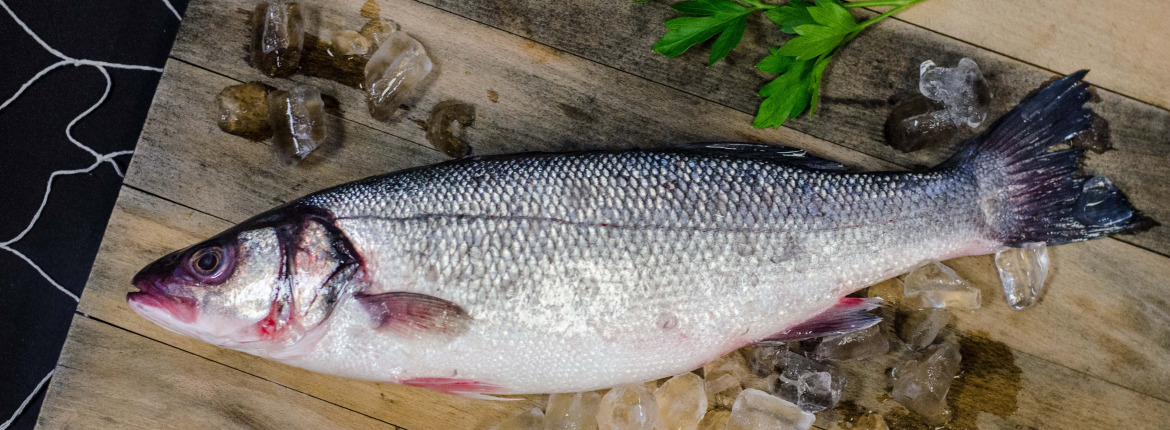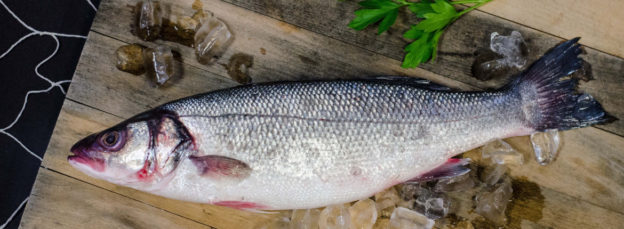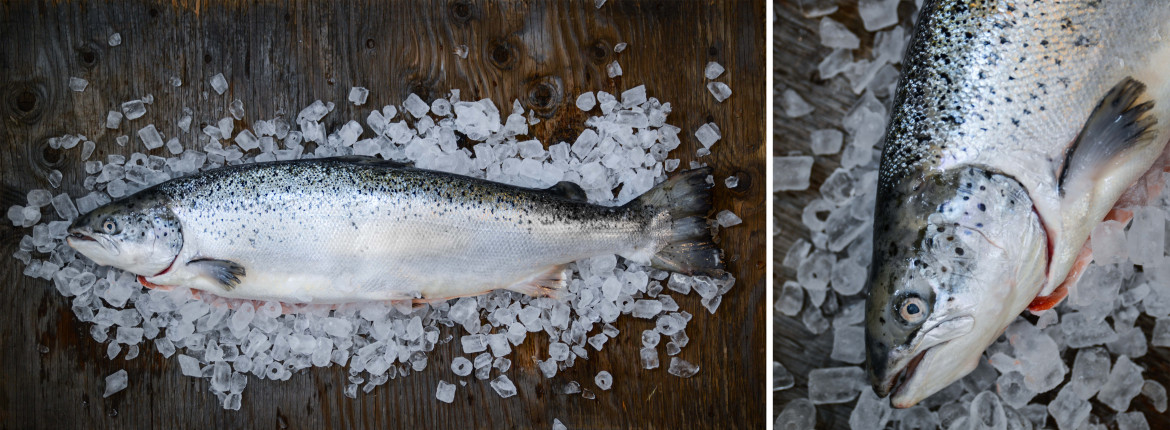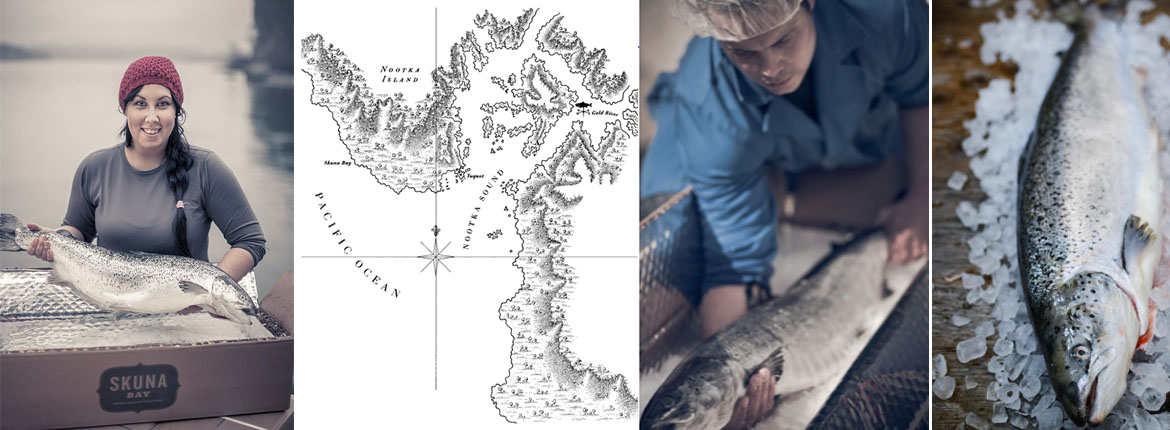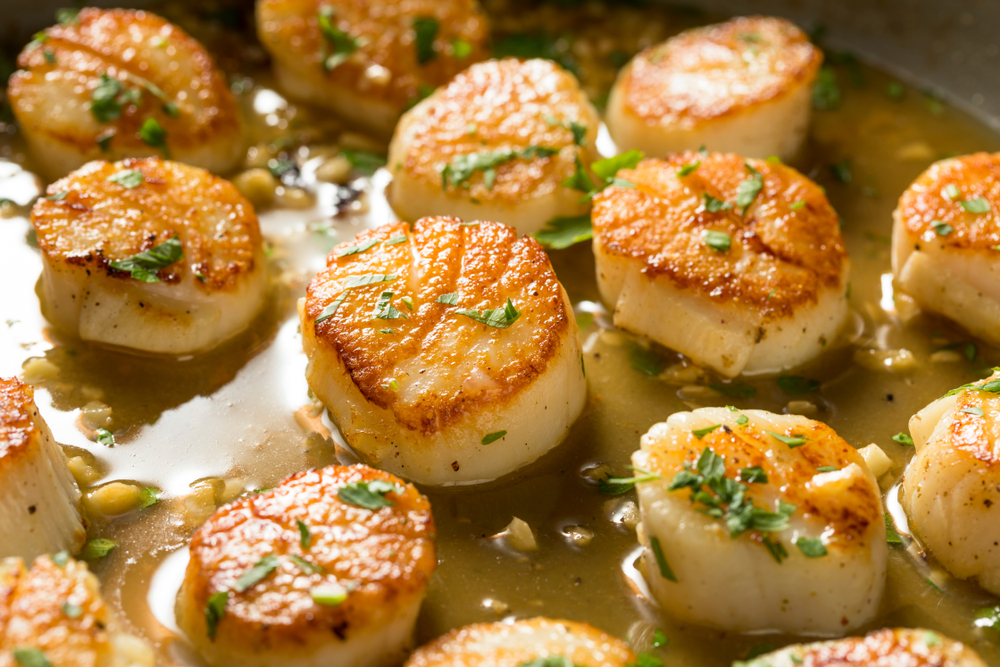European Sea Bass
European Sea Bass, or Branzini, is a favorite among restaurant chefs and demand is high. It is widely available farmed. In Nova Scotia it is raised on land-based farms that are “closed” to the surrounding environment, which limits the impact on the local ecosystem. This makes the Canadian farmed fish a best choice for sustainability.
Common Names
Branzini, Branzino, European or Mediterranean Seabass, Loup de mer
Scientific Name
Dicentrarchus labrax
Seasonal Availability
Year-round
Primary Product Forms
Fresh: Whole, H&G, Fillet
Frozen: Whole, H&G, Fillet
Product Profile
Mild
Moderate
Full
Delicate
Medium
Firm
Branzini handles a wide variety of cooking methods very well, including sautéing, poaching, grilling and steaming. This fish is perfect for cooking whole, try stuffing it with fresh herbs first. You could even use the firm flesh in seafood soups and chowders. It takes very well to a variety of flavors and works well with many herbs, fruits and vegetables.
Wild in the East Atlantic and Mediterranean Sea but readily available farmed from Europe and Nova Scotia.
Rated Best Choice by Monterey Bay Aquarium’s Seafood Watch Program.
European Sea Bass is an extremely adaptable fish, capable of tolerating temperatures from 41 degrees to 82 degrees Fahrenheit and a wide range of salinity.

